
Exposition du 5 au 15 Juillet 2022. A Space For Photography, 19 rue des Arènes, Arles.
Production Fonds de dotation Katapult |Commissaires associés Haos Galerie & Romain Rambaud|
Artistes Mélanie Bonajo, Grégory Chatonsky, Jean Baptiste Janisset, Guillaume Krick, Mélodie Mousset, Wilfried Nail, Romain Rambaud, Chloé Sharrock, Ken Sortais, Benoît Travers, Justin Weiler.
Performers Guillaume Krick & Alia Tsagkari, Benoît Travers, Charles Pennequin & Camille Escudero, Sandra Ancelot & Stephane Ink.
DJs Aube, Discolowcost
Agence Lalicorn Studios | Photos © Benoît Travers |
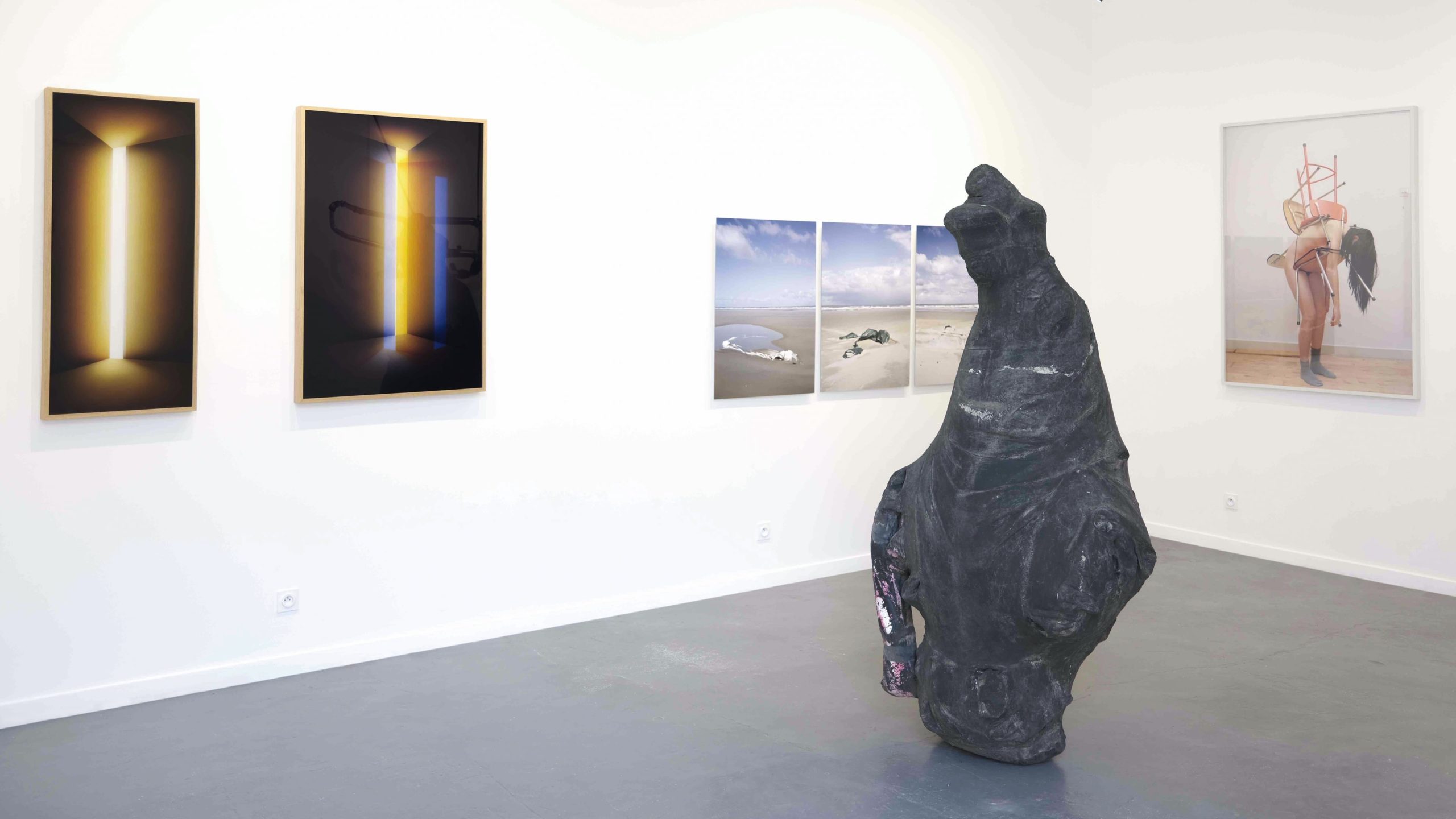
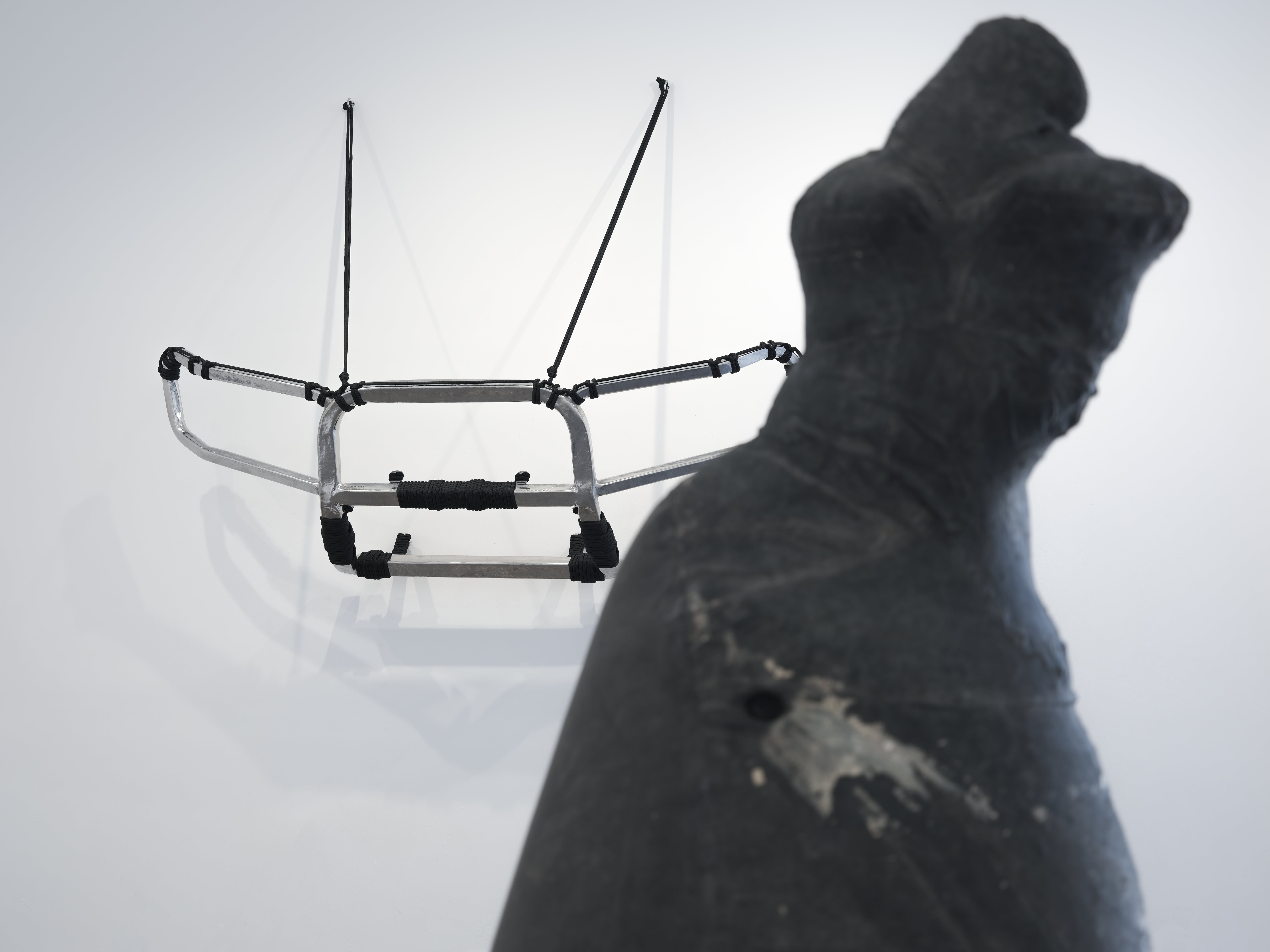
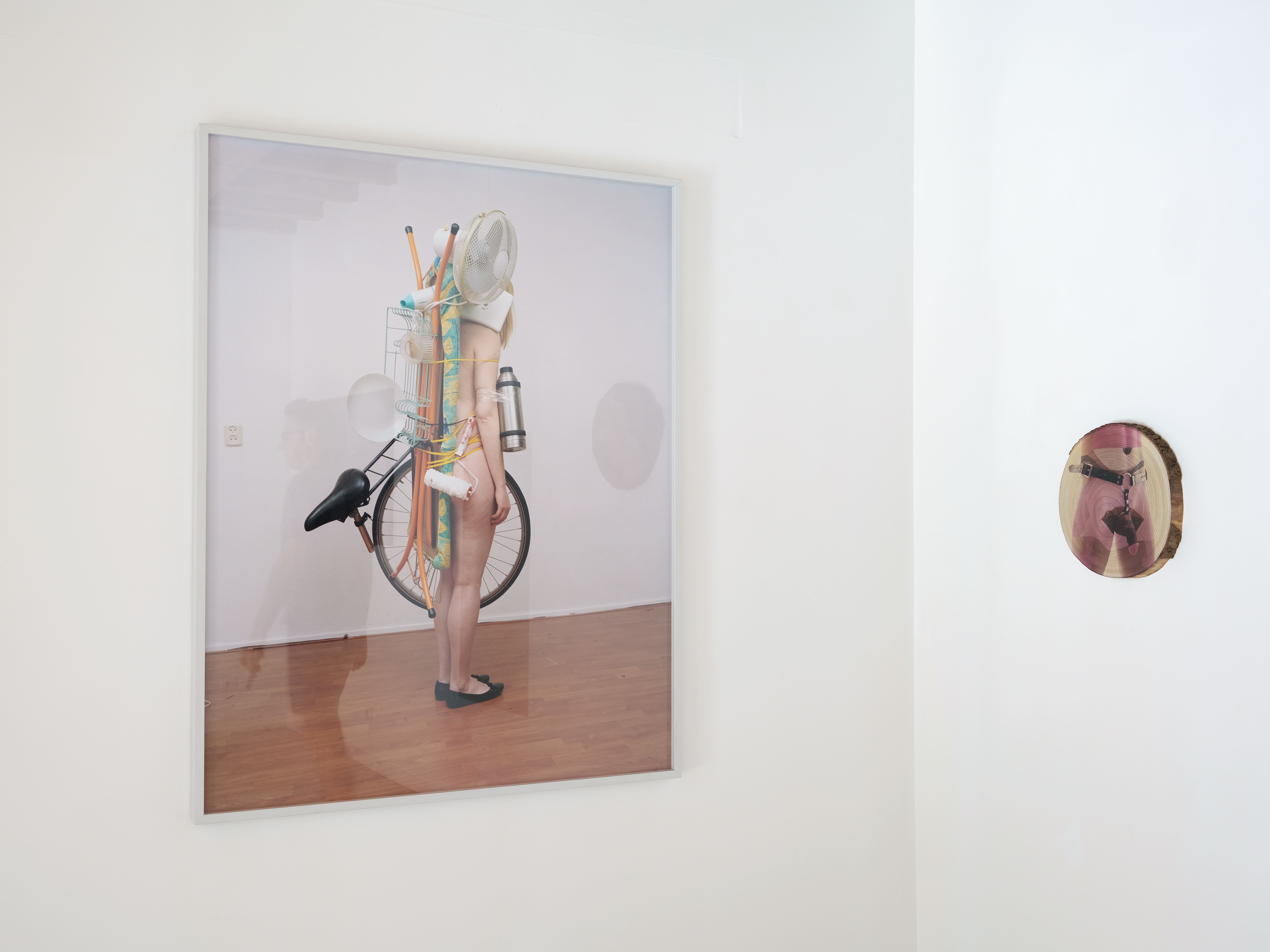
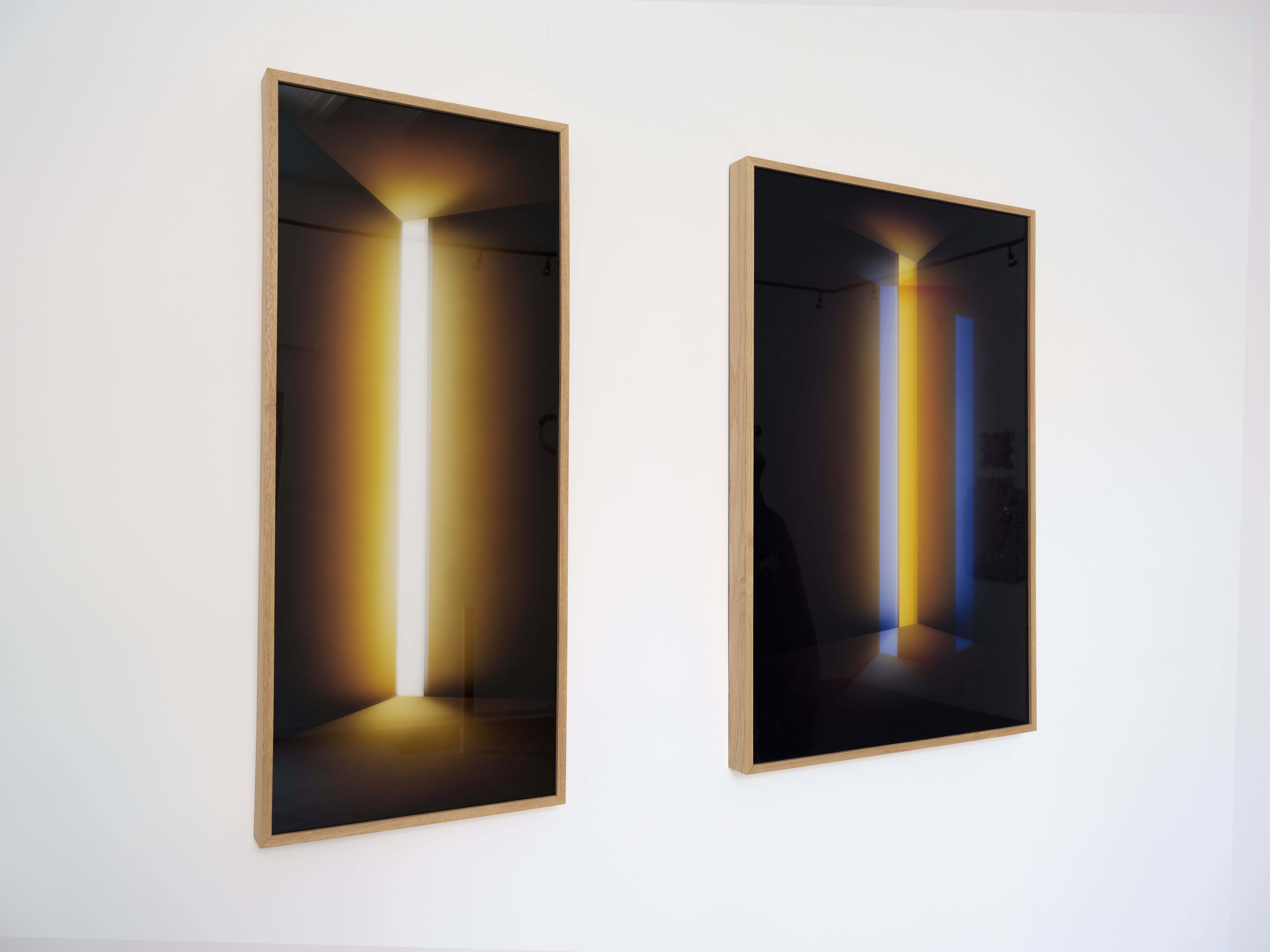
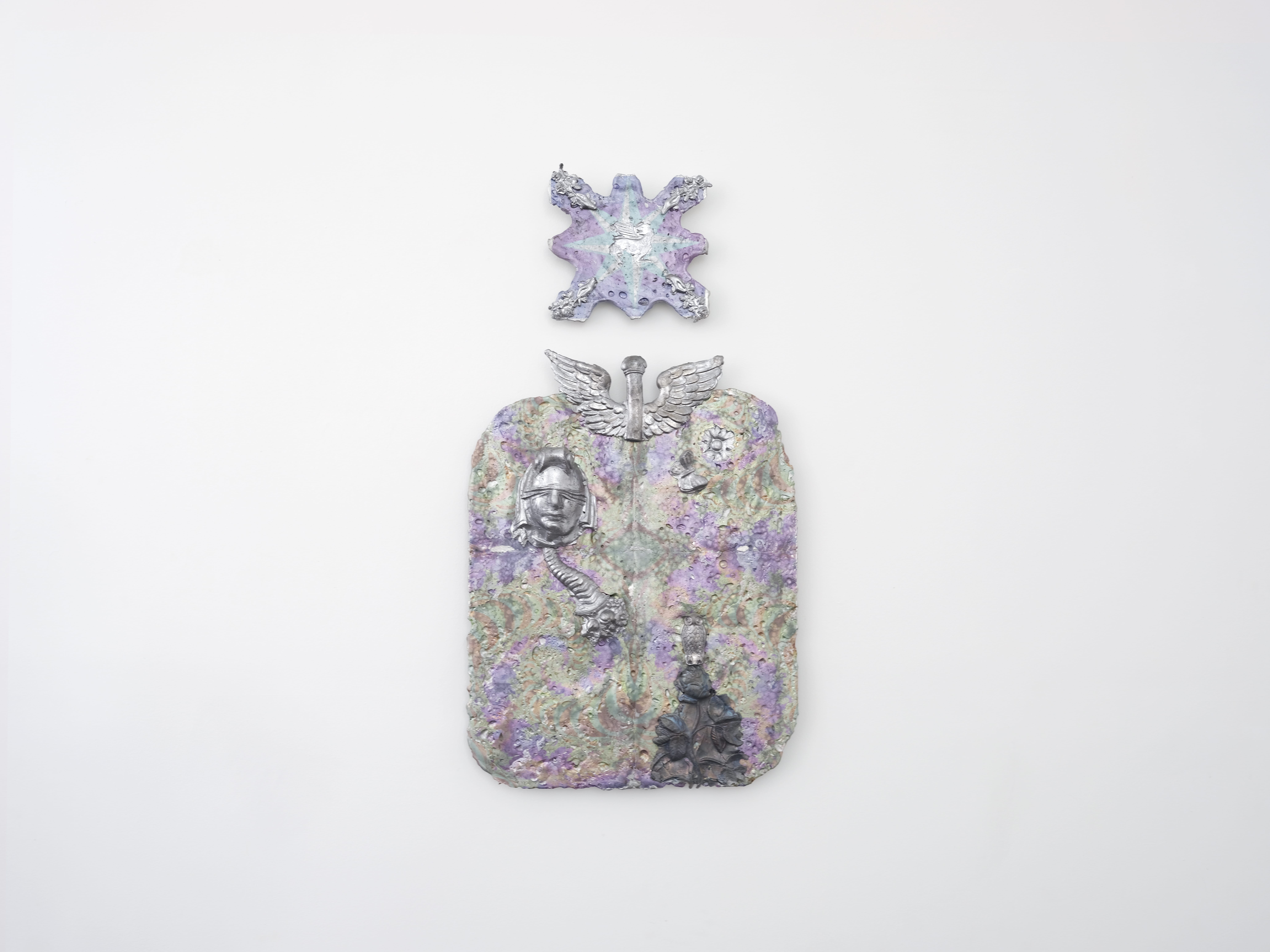


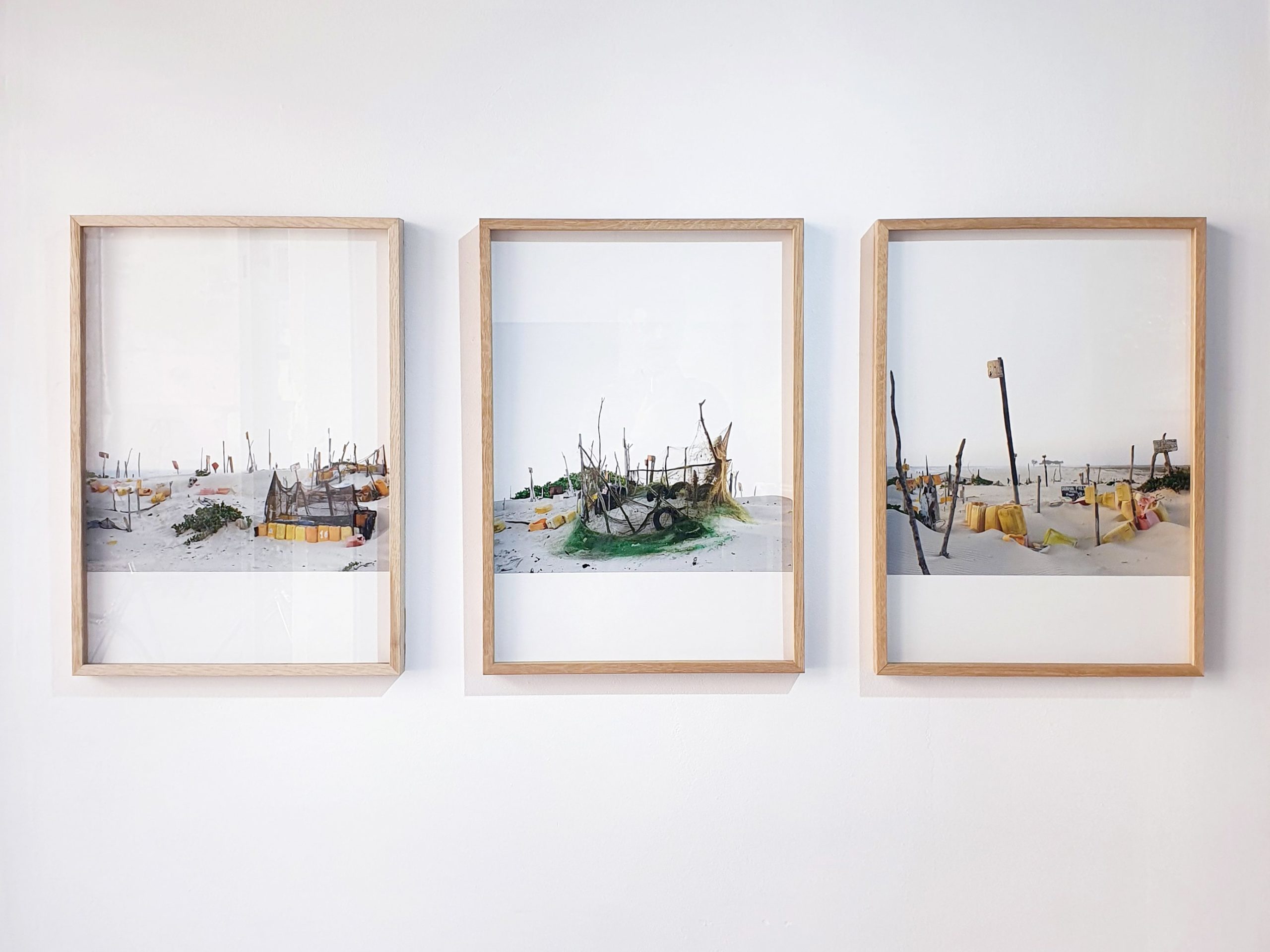
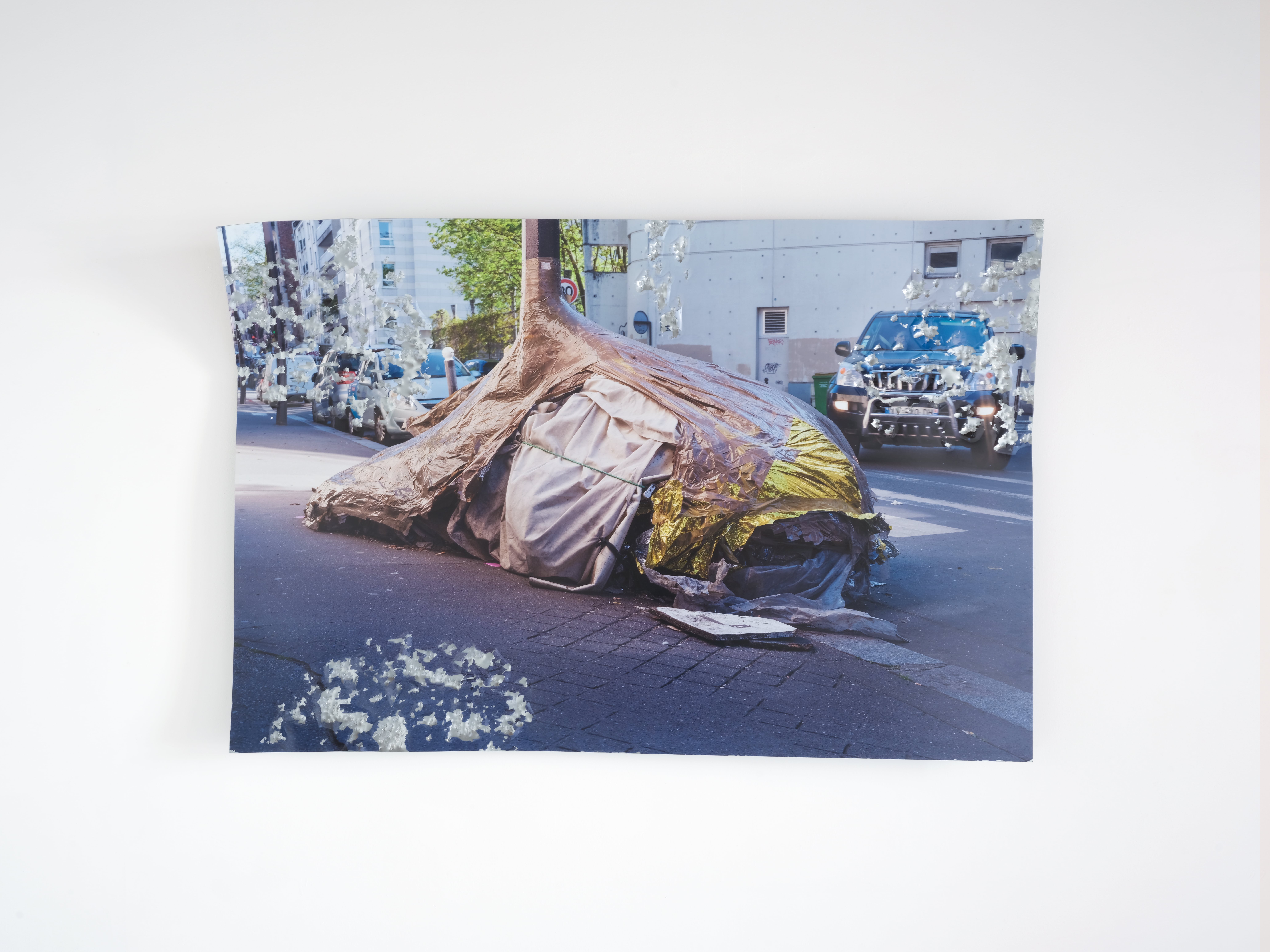
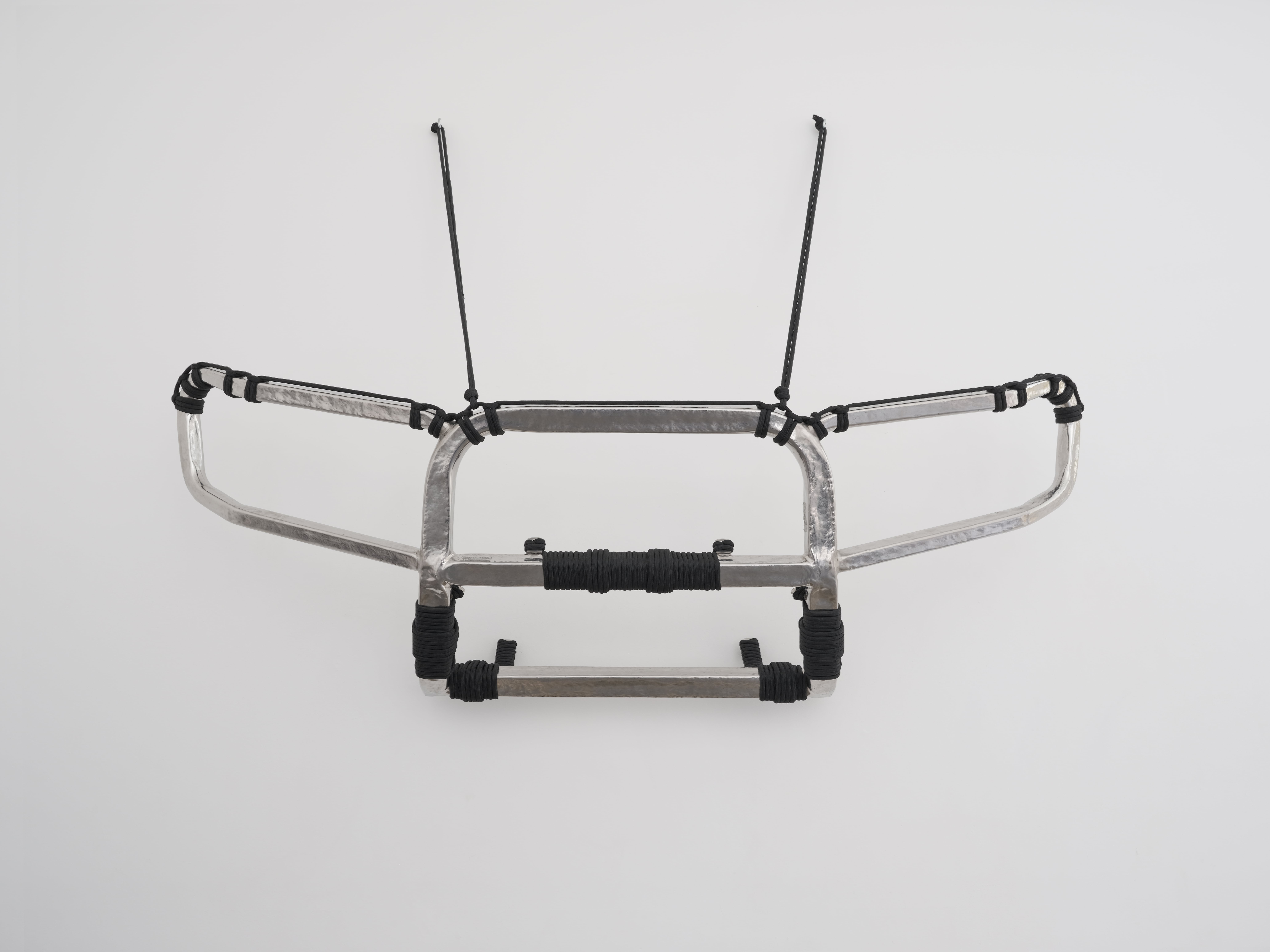
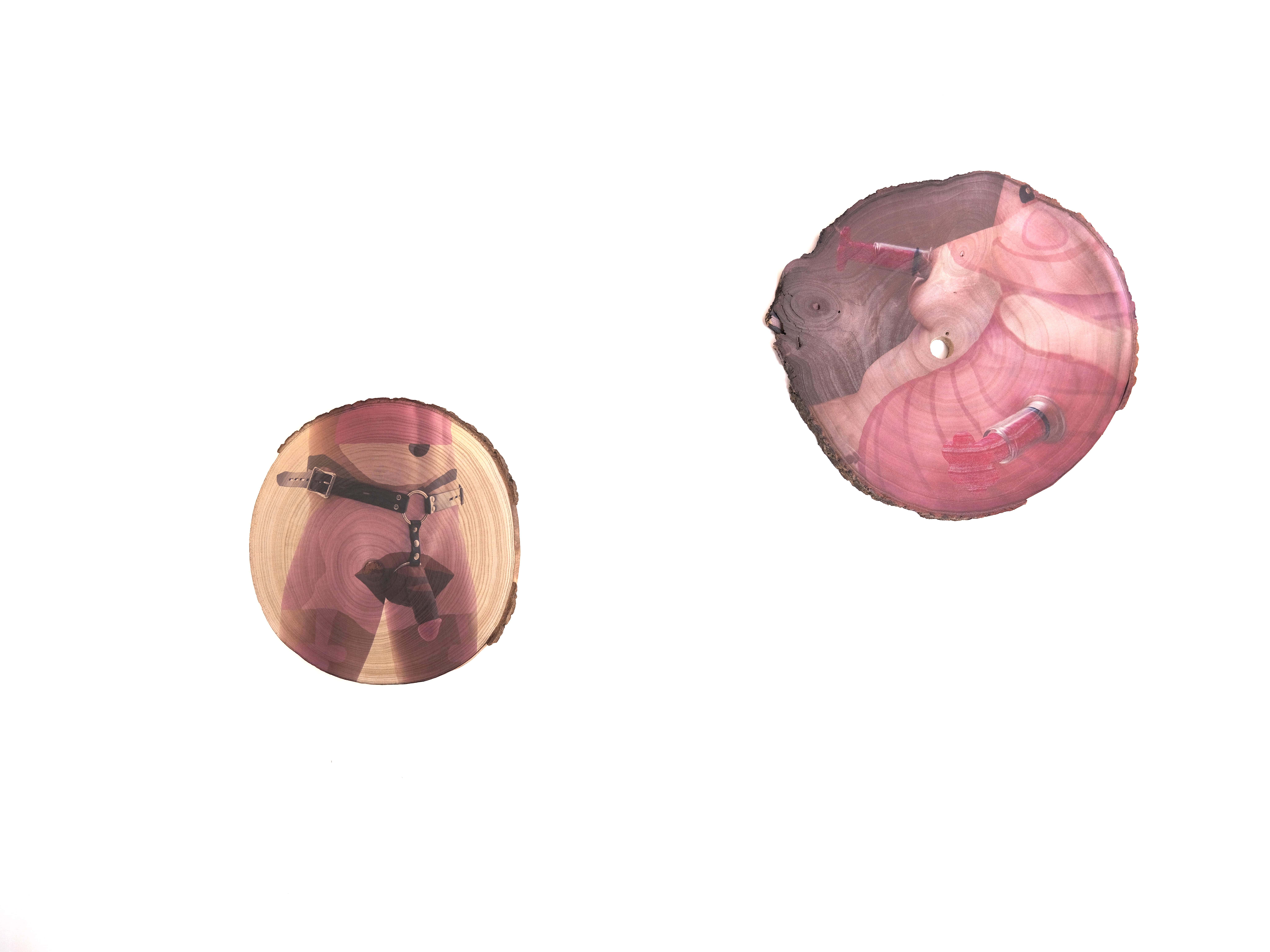
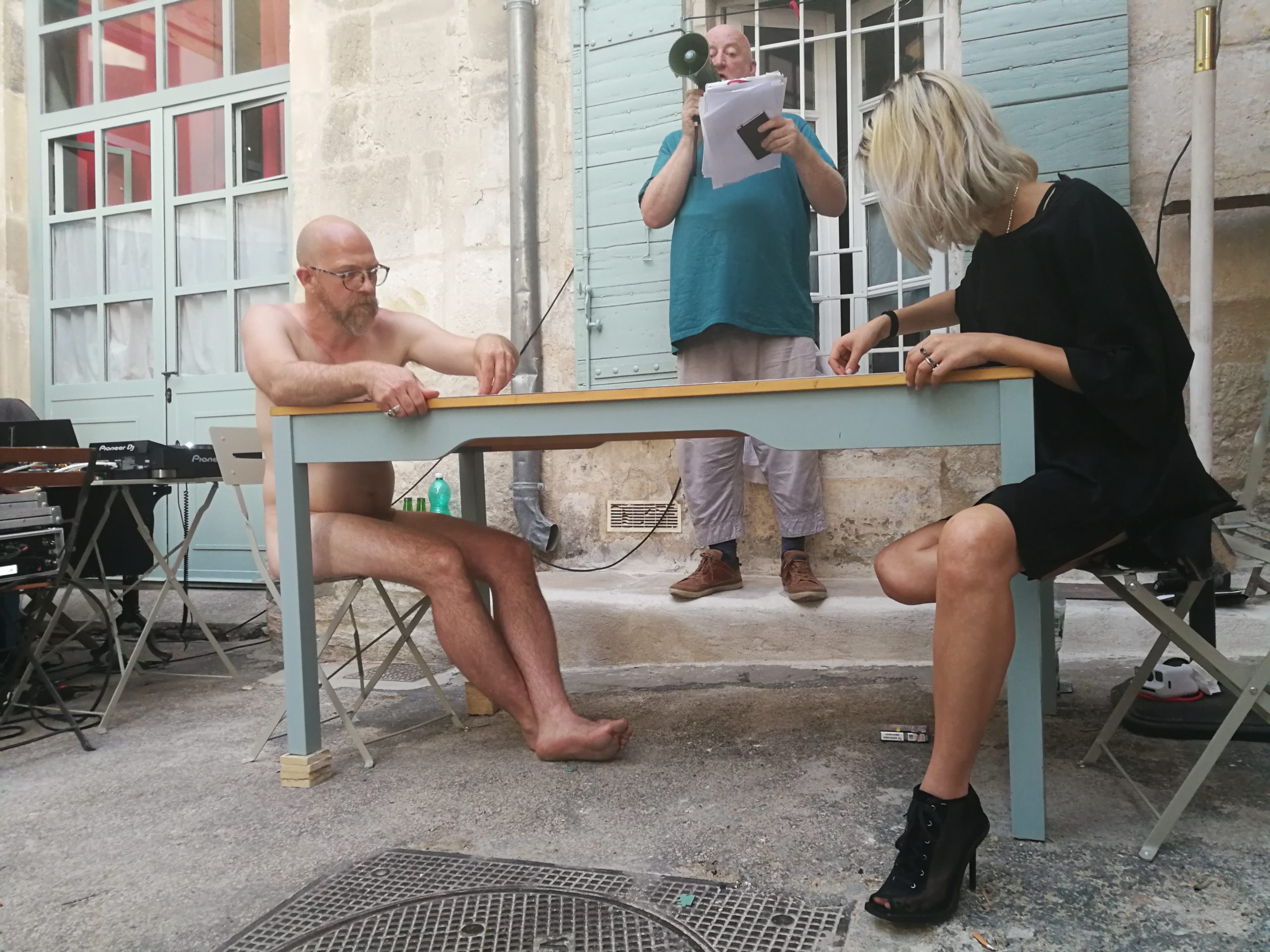
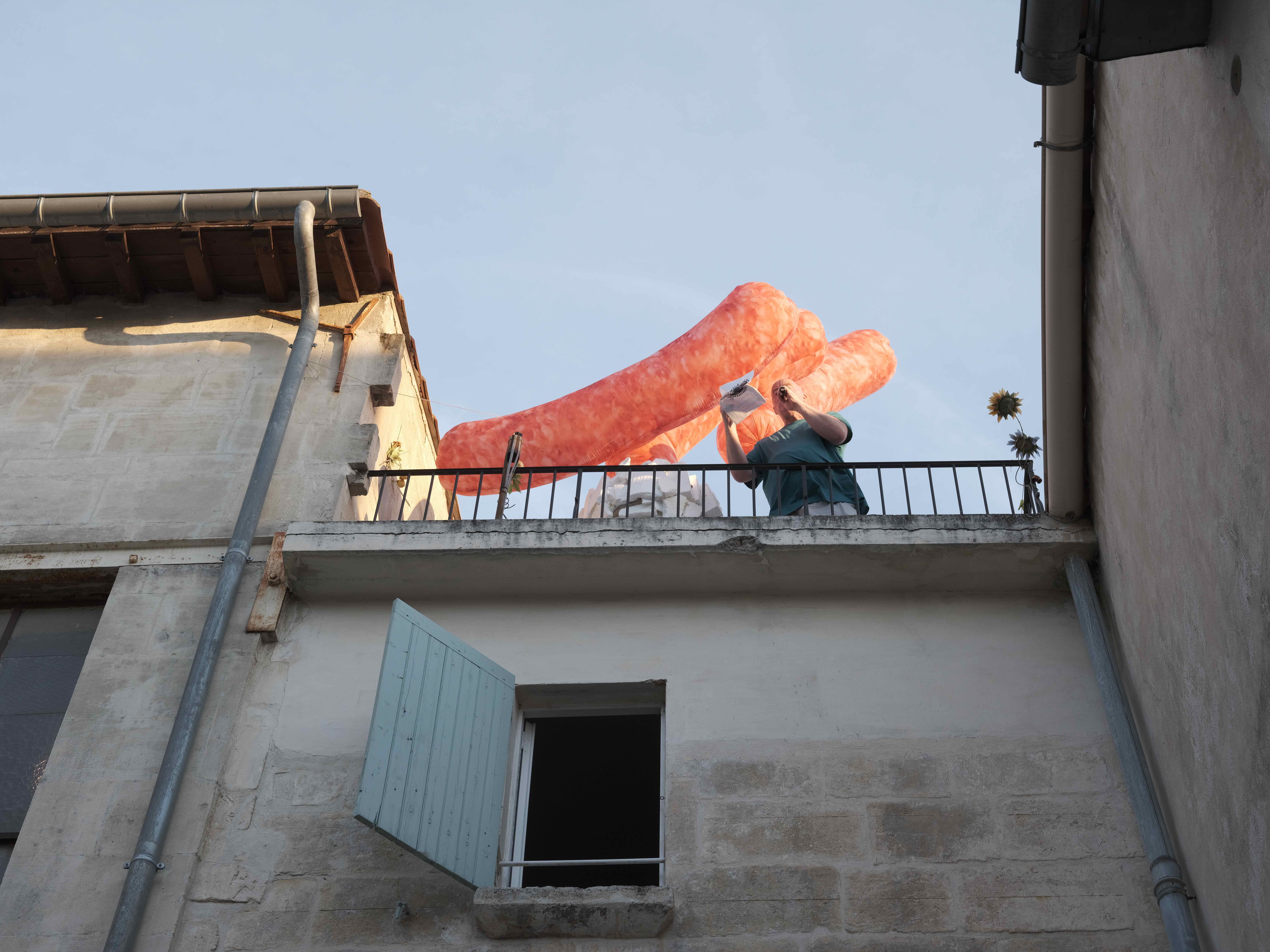
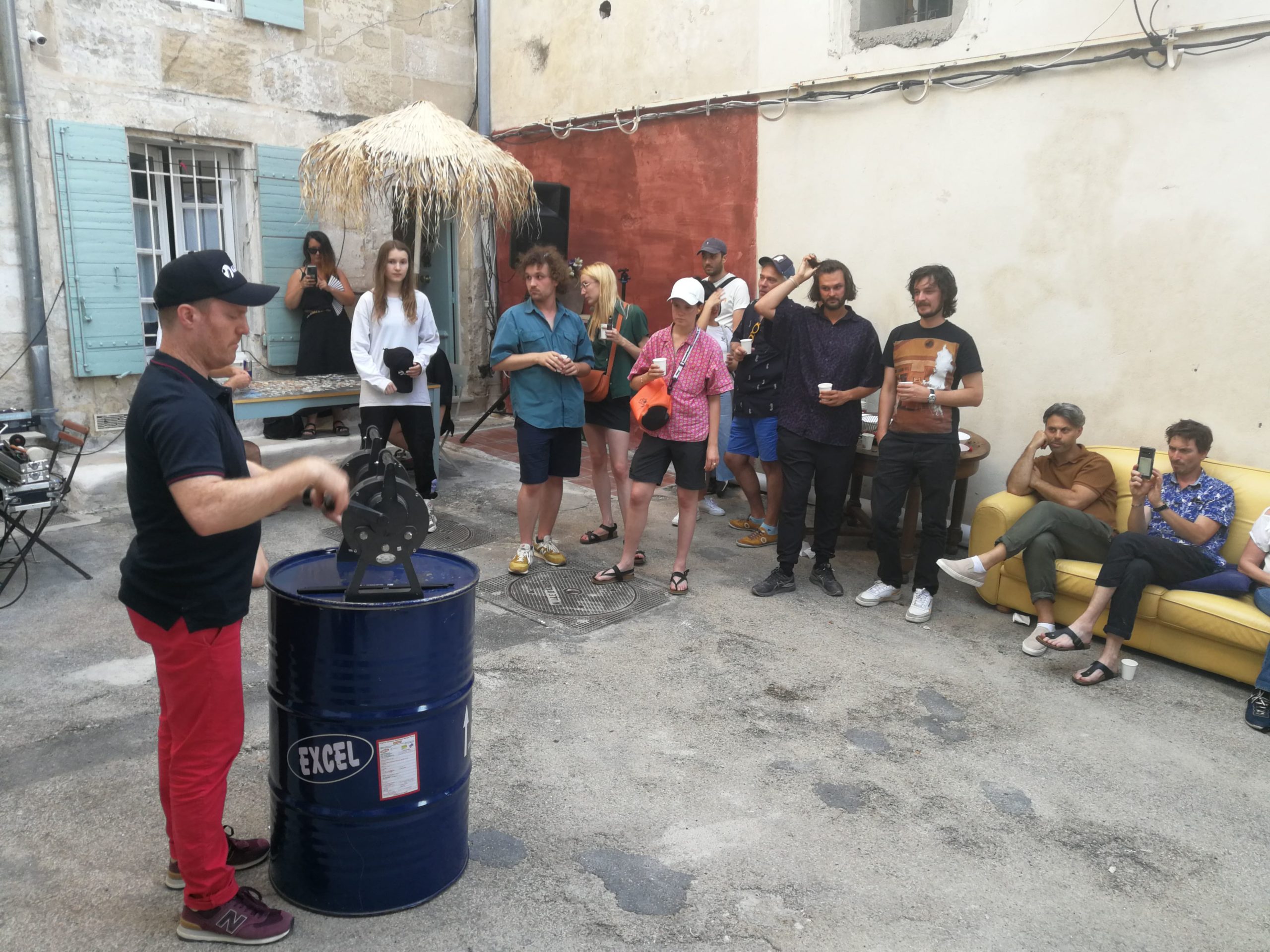
Le terme scrollophage laisse supposer que l’utilisation du digital répond désormais à un besoin compulsif, une nécessité quasi vitale devenue indissociable de nos modes de vie. À l’heure où le fait de scroller semble déposséder l’image de toute singularité, cette exposition initiée dans le cadre des Rencontres d’Arles, interroge nos perceptions et nos manières de consommer la photographie. Ce néologisme tend ainsi à sonder nos dérives contemporaines tout en proposant d’autres voies que celle de l’aliénation à un univers virtuel qui pourrait constituer une perte d’identité.
L’exposition met en exergue une dichotomie entre la surreprésentation des corps qui se multiplient et se dispersent dans un système constamment alimenté par de nouvelles images et leur inévitable absorption dans cette nuée de données. Laissant entendre qu’une saturation intempestive de notre espace visuel par une multitude de figures anonymes conduit à un effacement progressif de toute individualité, Scrollophage présente autant de scènes fantomatiques et de paysages désertés pour évoquer d’autres mondes en marge de nos sociétés. Jouant des formes et des contreformes pour laisser transparaître leur présence en creux, les artistes de l’exposition font le choix d’opposer une altérité radicale à une continuelle reproduction du même.
Certains d’entre eux traduisent par l’absence, l’empreinte des corps dont la présence manifeste persiste. Le triptyque de Guillaume Krick – donnant à voir des épaves d’embarcations ensevelies après une traversée – est ainsi mis en regard avec les cénotaphes photographiés en Mauritanie par Wilfried Nail. À ces cimetières sans dépouilles viennent répondre les sculptures de Jean-Baptiste Janisset, ex-voto moulés à partir d’éléments glanés dans divers lieux de culte funéraires. Plus loin, dans l’oeuvre de la photojournaliste Chloé Sharrock, les débris de verre maculant le sol suggèrent un impact, témoin d’un événement dont on peine à définir l’ampleur et qui révèle là encore « la survivance d’un référent qui a disparu, qui est absent » 1. De la même manière, un tirage de Benoît Travers représente un abri de fortune sans habitant, saisi dans l’espace public, puis retravaillé par une technique de martelage.
Dans une autre perspective, Grégory Chatonsky met en scène un ailleurs post-apocalyptique généré par une intelligence artificielle dont la voix-off demeure l’unique trace de vie, quand Pierre Gaignard nous livre une vision anticipatrice d’un futur proche dans lequel il exécute un rituel chamanique halluciné au coeur d’une zone périurbaine dépeuplée. Justin Wieler, quant à lui, poursuit ses recherches picturales à dimension photochromique pour figurer des espaces indéfinis au sein desquels l’humain n’a pas sa place. Enfin, la sculpture anthropomorphe de Ken Sortais laisse entrevoir les vestiges d’un corps momifié après l’anéantissement de toute civilisation.
À ces différents tableaux se greffent des univers dans lesquels les êtres font dorénavant office de supports, réduits à un usage fonctionnel ou décoratif. Dans les vidéos de Melanie Bonajo, les corps fusionnent avec les objets prothétiques qui les enserrent et les contraignent tandis que dans le travail de Mélanie Mousset, le corps de l’artiste devient le socle d’un vase en formation dont l’orifice invite implicitement à une immersion dans son organisme. D’une autre manière, les pièces de Romain Rambaud montrent des anatomies parées de sex-toys qui se confondent avec différentes strates d’images accumulées, entre essences de bois texturées et décors acidulés de dessins animés. Par ailleurs, dans les performances pensées en duo par Guillaume Krick et Alia Tsagkari, Charles Pennequin et Camille Escudero, Sandra Ancelot et INK pour prolonger l’exposition, les corps sont amenés à reproduire compulsivement les mêmes actions à travers une répétition de mots, de gestes ou de sons qui confine à l’absurde.
Si dans ces travaux le corps est tour à tour absent, invisibilisé ou relégué à l’arrière-plan, il s’agit toujours pour les artistes de l’exposition de mettre en tension les notions d’image et d’identité, jouant de l’immatérialité propre à un environnement numérique. Pour cette raison, ils mettent en lumière des micro-récits évoquant des parcours de vies marginalisées, des scènes fictionnelles qui nous renvoient à l’inévitable chute de l’humanité ou encore des mondes parallèles dans lesquels le corps ne serait conçu que dans sa dimension utilitaire. Considérant qu’ « il existe un autre monde mais il est dans celui-ci » 2, les artistes de Scrollophage initient des trajectoires autres pour échapper à une virtualité omnipotente.
Camille Velluet
1 Georges Didi-Huberman, La ressemblance par contact. Archéologie, anachronisme et modernité de l’empreinte, Paris, Éditions de Minuit, 2008.
2 Oeuvres complètes de Paul Eluard. Volume 1 : 1913 – 1915, Paris, Gallimard, 1968.
The term scrollophage suggests that the use of digital technology is now a compulsive need, an almost vital necessity that has become inseparable from our lifestyles. At a time when the fact of scrolling seems to seems to deprive the image of any singularity, this exhibition initiated in the framework of the Rencontres d’Arles, questions our perceptions and our ways of consuming
photography. This neologism tends to probe our contemporary drifts while proposing other ways than the alienation to a virtual universe that could constitute a loss of identity.
The exhibition highlights a dichotomy between the over-representation of bodies that multiply and disperse in a system constantly fed by new images and their inevitable absorption in this cloud of data. Suggesting that an untimely saturation of our visual space by a multitude of anonymous figures leads to a progressive erasure of any individuality, Scrollophage presents as many ghostly scenes and deserted landscapes to evoke other worlds on the fringe of our societies. Playing with forms and counter-forms to let their presence show through, the artists in the exhibition choose to oppose a radical otherness to a continuous reproduction of the same.
Some of them translate by the absence, the print of the bodies whose manifest presence persists.
These works are compared with the cenotaphs photographed in Mauritania by Wilfried Nail. Jean-Baptiste Janisset’s sculptures, ex-votos molded from elements gleaned from various places of funerary worship, respond to these cemeteries without remains. Further on, in the work of
photojournalist Chloé Sharrock, the shards of glass smudging the ground suggest an impact, a witness to an event whose magnitude is difficult to define and which again reveals «the survival of a referent that has disappeared, that is absent»
In the same way, a print by Benoît Travers represents a makeshift shelter without an inhabitant, seized in the public space, then reworked. public space, then reworked by a technique of
hammering.
In another perspective, Gregory Chatonsky stages a post-apocalyptic elsewhere generated by an artificial intelligence whose voice-over remains the only trace of life, while Pierre Gaignard
delivers an anticipatory vision of a near future in which he performs a hallucinated shamanic
ritual in the heart of a depopulated peri-urban area. As for Justin Wieler, he continues his pictorial research with a photochromic dimension to represent undefined spaces in which humans have no place. Finally, the anthropomorphic sculpture of Ken Sortais gives a glimpse of the remains of a
mummified body after the annihilation of all civilization.
Guillaume Krick’s triptych – showing the wrecks of boats buried after a crossing – is thus «the survival of a referent that has disappeared, that is absent «. In the same way, a print by Benoît
Travers represents a makeshift shelter without an inhabitant, in the public space, then reworked by a hammering technique.
To these different paintings are grafted universes in which the beings are henceforth used as supports, reduced to a functional or decorative use. In the videos of Melanie Bonajo, the bodies merge with the prosthetic objects which enclose them and constrain them while in the work of Mélanie Mousset, the body of the artist becomes the base of a vase in formation whose orifice implicitly invites to an immersion in its organism.
In another way, the pieces of Romain Rambaud show anatomies adorned with sex-toys which merge with different strata of accumulated images, between textured wood species and acidulous decorations textured and acidulated decorations of cartoons.
If in these works the body is alternately absent, invisibilized or relegated to the background, it is always for the artists of the exhibition to put in tension the notions of image and identity, playing with the immateriality of a digital environment. For this reason they highlight micro-stories evoking marginalized life paths, fictional scenes that refer us to the inevitable fall of humanity or parallel worlds in which the body would be conceived only in its utilitarian dimension.
Considering that «there is another world but it is in this one», the artists of Scrollophage initiate other trajectories to escape an omnipotent virtuality.
Camille Velluet